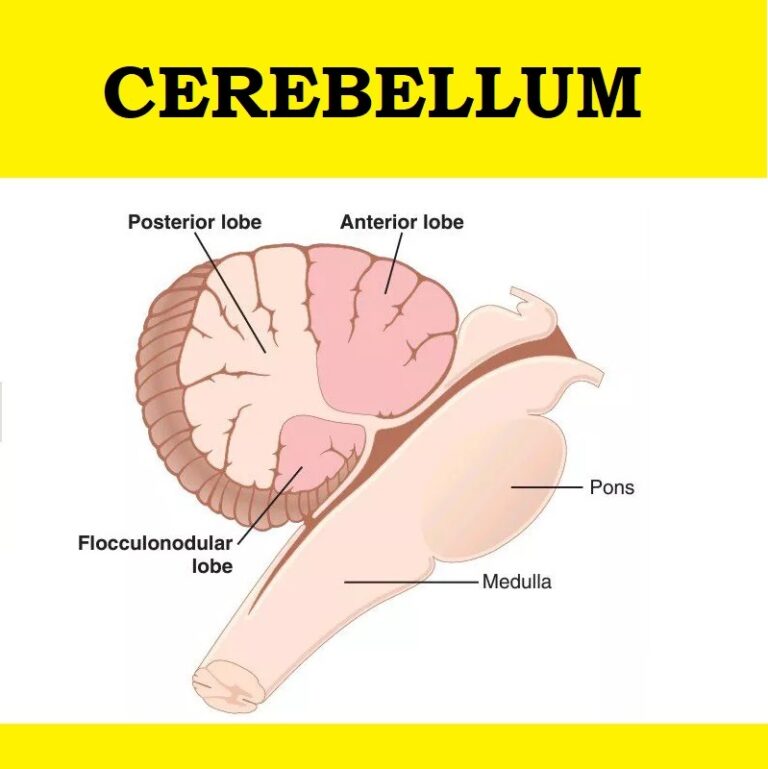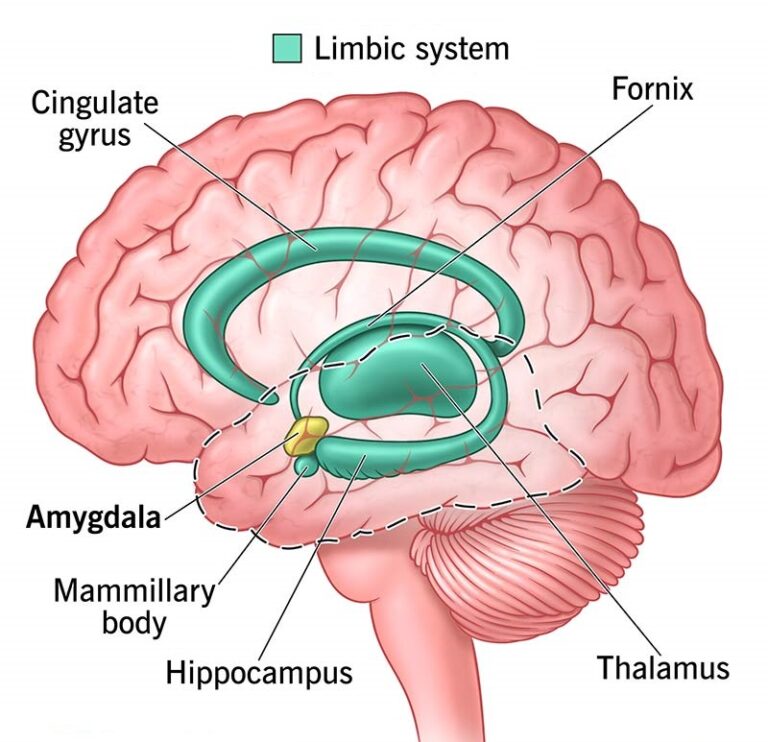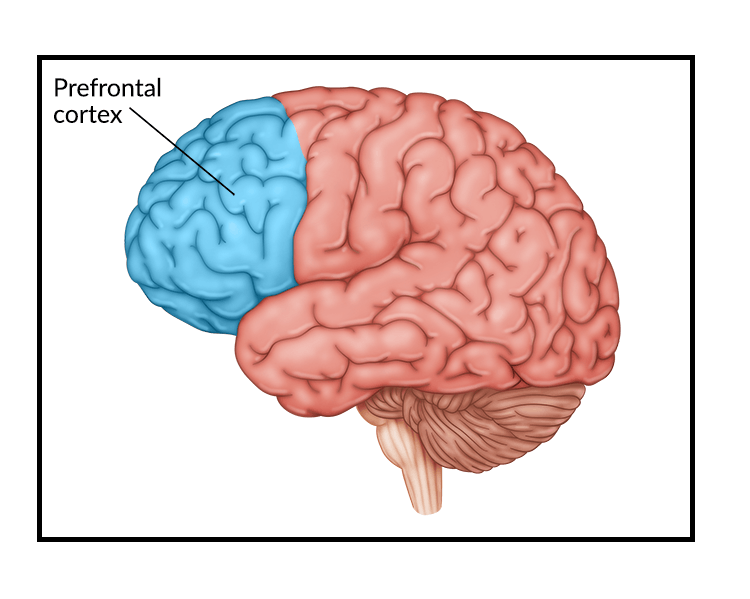
Biological Basis of Behavior: Sensory Systems
The biological basis of behavior includes understanding the sensory systems, which are essential for perceiving and interacting with the environment. Sensory systems are specialized networks that detect and process stimuli, translating them into neural signals that the brain interprets.
1. Overview of Sensory Systems
Sensory systems are categorized into two types:
- General Sensations: Include touch, temperature, pain, and proprioception (body position).
- Specific Sensations: Include vision, hearing, taste, smell, and balance.
Sensory systems involve:
- Stimuli Detection through specialized sensory receptors.
- Signal Transduction (conversion of stimuli into neural signals).
- Neural Transmission to the central nervous system.
- Perception (interpretation by the brain).
2. General Sensations
2.1 Touch
Touch is mediated by mechanoreceptors in the skin, which respond to pressure, vibration, and texture.
Mechanoreceptors
| Receptor Type | Location | Stimulus Type | Example |
|---|---|---|---|
| Meissner’s Corpuscles | Dermis (fingertips, lips) | Light touch, vibration | Feeling a feather brush against the skin. |
| Pacinian Corpuscles | Deep dermis | Deep pressure, high-frequency vibration | Detecting the vibration of a running engine. |
| Merkel Discs | Epidermis | Sustained touch, texture | Identifying roughness of sandpaper. |
Scenario:
A blindfolded individual uses touch to distinguish between a soft fabric and coarse sandpaper, relying on Merkel Discs and Meissner’s Corpuscles.
Research Insight:
Studies have shown that the density of Meissner’s Corpuscles decreases with age, contributing to reduced tactile sensitivity in older adults (Kenshalo, 2012).
2.2 Temperature and Pain
Temperature is detected by thermoreceptors, while pain is perceived through nociceptors.
| Receptor | Function | Example |
|---|---|---|
| Cold Receptors | Detect low temperatures | Feeling the chill of ice on the skin. |
| Warm Receptors | Detect high temperatures | Holding a warm coffee mug. |
| Nociceptors | Detect tissue damage, pain | Sharp pain from stepping on a thorn. |
Scenario:
While cooking, touching a hot pan activates nociceptors, triggering an immediate withdrawal reflex.
Research Insight:
The gate control theory of pain (Melzack & Wall, 1965) explains how non-painful stimuli (e.g., rubbing a painful area) can modulate pain perception by “closing the gate” in the spinal cord.
3. Specific Sensations
3.1 Vision
The visual system detects light and translates it into images via photoreceptors in the retina.
Photoreceptors in Vision
| Receptor Type | Function | Location | Example |
|---|---|---|---|
| Rods | Low-light vision | Peripheral retina | Seeing objects in dim light. |
| Cones | Color and detail detection | Central retina | Distinguishing between red and blue. |
Visual Process:
- Light enters the eye through the cornea and lens, focusing on the retina.
- Rods and cones convert light into electrical signals.
- Signals are transmitted via the optic nerve to the brain.
Scenario:
A person driving at night relies on rods for peripheral vision and low-light conditions but uses cones for reading road signs under headlights.
Research Insight:
Deficiencies in cone function lead to color blindness, affecting approximately 8% of males and 0.5% of females globally (Neitz et al., 2001).
3.2 Hearing
Hearing involves the conversion of sound waves into mechanical and then electrical signals in the auditory system.
| Structure | Function | Example |
|---|---|---|
| Tympanic Membrane | Converts sound waves to mechanical vibrations. | Vibrating from a spoken word. |
| Cochlea | Transduces mechanical signals to neural signals. | Recognizing a musical tone. |
Scenario:
A teacher calling out names in a classroom is heard through auditory processing in the cochlea and interpreted in the auditory cortex.
Research Insight:
Age-related hearing loss (presbycusis) predominantly affects high-frequency sound perception (Gates & Mills, 2005).
4. Processes in Sensory Systems
| Process | Description | Example |
|---|---|---|
| Transduction | Conversion of physical stimuli into neural signals. | Light energy to neural signals in vision. |
| Transmission | Neural signals sent to the brain via sensory nerves. | Optic nerve transmitting signals to the occipital lobe. |
| Perception | Brain interpretation of sensory information. | Recognizing a familiar face. |
5. Common Disorders in Sensory Systems
| Sensory System | Disorder | Description | Impact |
|---|---|---|---|
| Vision | Myopia (nearsightedness) | Difficulty seeing distant objects. | Impaired driving, reading boards. |
| Hearing | Tinnitus | Perception of ringing in the ears. | Affects concentration and sleep. |
| Touch | Neuropathy | Loss of sensation in extremities. | Risk of injury due to undetected harm. |
6. Applications and Relevance
Clinical Settings
- Diagnosing sensory impairments using tests like audiometry or visual acuity tests.
- Treating conditions like hearing loss with cochlear implants.
Scenario:
A patient with hearing loss undergoes auditory rehabilitation to improve their ability to discern speech in noisy environments.
Technological Innovations
- Development of sensory prosthetics, such as artificial retinas and tactile gloves.
- Brain-machine interfaces enabling sensory restoration.
Example:
A bionic eye prototype allows individuals with retinal damage to perceive light and shapes.
7. Conclusion
The sensory systems form the foundation of human interaction with the environment, enabling perception and behavior. While significant advancements have been made in understanding sensory mechanisms, challenges like sensory loss and neurological disorders necessitate ongoing research and innovation.
References
- Kenshalo, D. R. (2012). Age-related changes in touch sensitivity. Journal of Gerontology, 67(2), 165-173.
- Melzack, R., & Wall, P. D. (1965). Pain mechanisms: A new theory. Science, 150(3699), 971-979.
- Neitz, J., Neitz, M., & He, J. C. (2001). Color vision defects. Nature Neuroscience, 4(8), 745-752.
- Gates, G. A., & Mills, J. H. (2005). Presbycusis. The Lancet, 366(9491), 1111-1120.




